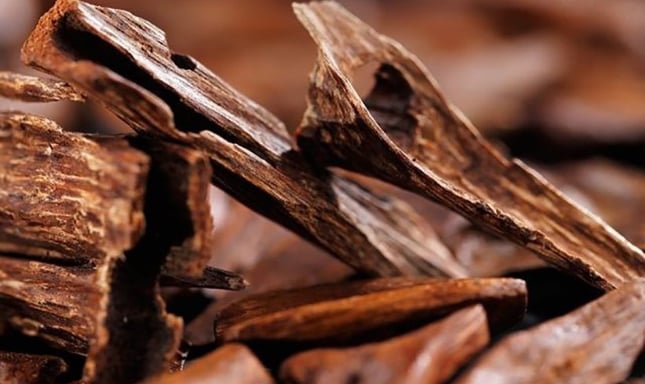What is Agarwood?
When mentioning agarwood, many people immediately think of its distinctive aroma and immense value. However, not everyone has in-depth knowledge about this wood, including its types or its unique significance in life and feng shui. This article explores comprehensive insights into agarwood, offering a detailed understanding of its characteristics, classification, and importance. Let me know if you'd like help expanding on this or additional details!


Overview of Agarwood
Agarwood (known as gharuwood, eaglewood, or aloe wood) is a rare and valuable wood formed inside Aquilaria trees due to natural or human-induced wounds. Over decades, the tree secretes resin to heal, resulting in aromatic and dense agarwood.
Agarwood (also known as aloeswood or eaglewood) is a fragrant, resinous wood formed within the Aquilaria tree when it sustains injuries, either naturally or through human intervention. Over decades, the tree produces a resin to heal, which combines with the wood to create agarwood. It is highly valued for its unique aroma, cultural significance, and uses in spirituality and feng shui.
Characteristics:
Brownish-yellow color, warm and bitter.
Produces a calming, distinct aroma when burned.
Types of Agarwood:
Natural Agarwood: High quality, harvested from old trees, with strong fragrance.
Wild Agarwood: Younger resin, less valuable than natural agarwood.
Artificial Agarwood: Human-induced, lower quality, potential health concerns.
